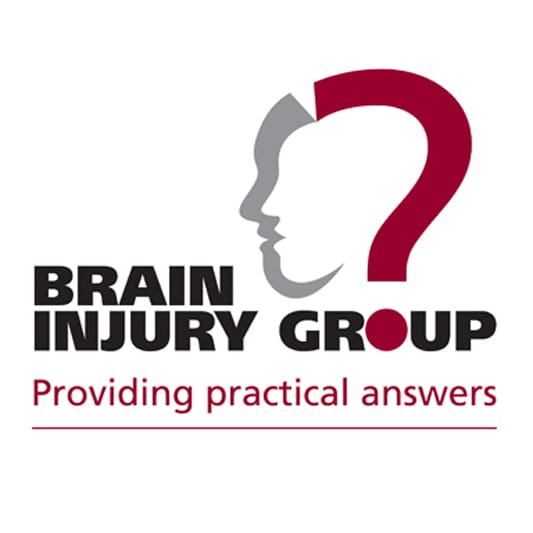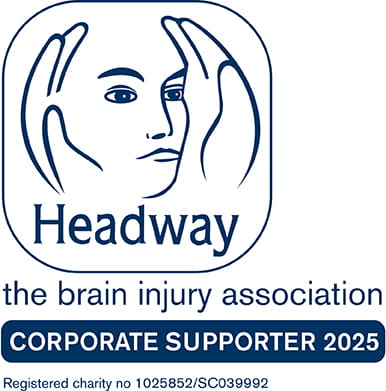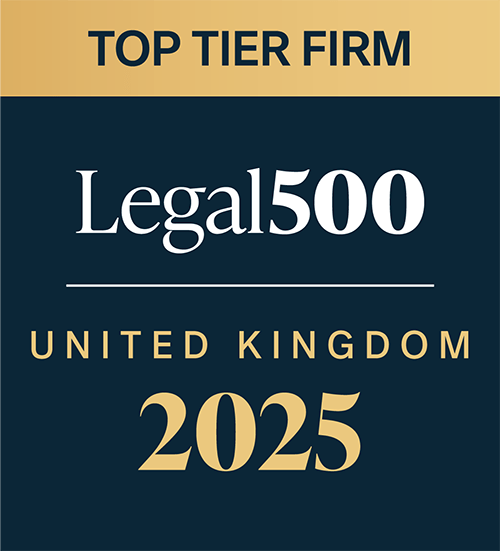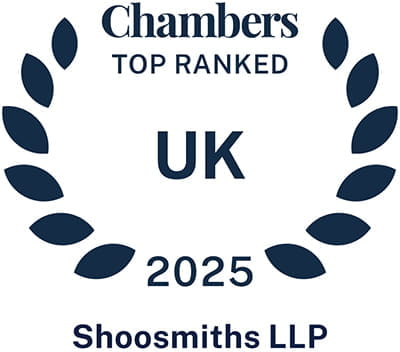The Court of Appeal handed down judgment this morning (13 January 2022) in Paul v The Royal Wolverhampton NHS Trust. The Court of Appeal allowed the defendant’s appeal striking out the claimants’ secondary victim claims.
The case: secondary victim claim
Paul is a clinical negligence claim. Mr Paul suffered a heart attack and collapsed on 26 January 2014 when out shopping with his daughters, aged 9 and 12 at the time, (the claimants). Mr Paul suffered a heart attack caused by ischemic coronary artery atherosclerosis. The claimants’ case is that the defendant was negligent in failing to perform coronary angiography in November 2012 which would have revealed the coronary artery disease and which could and would have been successfully treated by coronary revascularisation.
Phil Barnes, partner and head of the serious injury team at Shoosmiths, represents Mr Paul’s family in a clinical negligence claim against the defendant for Mr Paul’s death and a psychiatric injury claim for his daughters (the secondary victim claims) who witnessed their father’s heart attack and death.
The defendant applied to strike out the secondary victim claims on the basis that no duty of care was owed to the claimants.
The defendant’s case is that the claimants cannot satisfy the criteria of proximity in time and space to the relevant “event”, one of the “control mechanisms”, laid down in Alcock v Chief Constable of South Yorkshire Police [1992] AC 310, which must be satisfied to establish liability for a secondary victim claim. The defendant relying on Taylor v Somerset Health Authority [1993] PIQR 26 and their interpretation of the Court of Appeal decision in Crystal Taylor v. A. Novo (UK) Ltd [2013] EWCA Civ 194 (Novo), argued that the relevant “event” was when the tort to Mr Paul was complete, which is when the defendant failed to perform the coronary angiography and coronary revascularisation, and as that did not occur, it was an omission, there was no event. The heart attack/death was not the relevant event. The defendant did not owe the claimants a duty of care.
The claimants do not accept the defendant’s interpretation of the decision in Novo and submit that the heart attack and death of Mr Paul was the relevant event being the first manifest damage caused by the defendant’s negligent failure to diagnose his heart condition.
Strike out
Master Cook accepted the defendant’s argument and struck out the secondary victim claims, the claimants appealed, and Master Cook’s decision was overturned by Chamberlain J on appeal. Chamberlain J held that “the principle in Taylor v A. Novo is no bar to recovery in this case if it is shown that Mr Paul’s collapse from a heart attack on 26 January 2014 was the first occasion on which the damage caused by the hospital’s negligent failure to diagnose and treat his heart condition became manifest.” He held that the heart attack and death was capable of constituting the relevant event.
The defendant appealed to the Court of Appeal.
Paul was joined at the Court of Appeal by the cases of Polmear v Royal Cornwall Hospital NHS Trust and Purchase v Ahmed, both secondary victim claims arising from clinical negligence involving appeals of strike out applications. The appeals were heard on 14 and 15 December 2021.
The claimants in Paul were represented at the strike out application and the appeal to the High Court by Laura Johnson of 1 Chancery Lane, and at the Court of Appeal by Laura Johnson led by Robert Weir QC of Devereaux Chambers.
Court of Appeal
The Court of Appeal comprised Sir Geoffrey Vos Master of the Rolls; Lord Justice Underhill, Vice President of the Court of Appeal (Civil Division) and Lady Justice Nicola Davies.
Vos MR gave the lead judgment, agreed by Underhill LJ and Davies LJ. He identified the issue to be determined by the Court was:
“How the authorities are to be applied to clinical negligence cases where there is a delay between the negligent act or omission and a horrifying event caused to the primary victim by that negligent act or omission.”
The “control mechanisms” laid down in Alcock arise from accident cases but are applicable to all categories of cases, including clinical negligence cases where it is very common for there to be a gap between the negligence and the horrific event that caused the injury.
The control mechanism that causes much debate in clinical negligence cases is “how the third requirement for the claimant to be personally present at the scene of the accident, or more or less in the immediate vicinity, or to witness the aftermath shortly afterwards is to be interpreted in the context of clinical negligence cases”, what is the relevant event?
The defendant relying on their interpretation of Novo submitted “that the law is that the secondary claimant can only claim damages for psychiatric injury if the horrific event is the damage completing the primary claimant’s cause of action in negligence.”
The claimants submitted that “the relevant event or trigger for the liability to the secondary victim had to be a single event that was the damage that it was the duty of the defendant to protect the primary victim against when the damage first becomes manifest or evident.”
Counsel for the claimants in the linked appeals argued that “any horrific event caused by a breach of duty to the primary victim was sufficient to give rise to legal proximity and liability to a secondary victim satisfying Lord Oliver’s five elements, whether or not damage to the primary victim had occurred or manifested itself at an earlier time.”
Vos MR did not accept the defendant and claimant’s submissions determining that “Each of them would create unprincipled and complex factual disputes as to either when damage caused by the negligence was occasioned to the primary victim or when such damage first manifested itself. There is nothing in any of the cases to suggest that this is the distinction that is to be drawn.”… “What is important is the horrific event itself that caused the secondary victim the psychiatric injury in respect of which the claim is made.”
Applying the authorities, Vos MR determined the Court was bound by the Court of Appeal decision in the case of Novo, “Novo was decided after full argument about all the relevant preceding cases. I do not think that we can say that it misinterpreted the House of Lords’ authorities. It developed their reasoning even if, as I think, one reading of the five elements as explained in McLoughlin and Alcock would allow recovery by a secondary victim where the negligence and the horrific event caused by it are removed in time.”
Vos MR determined that Novo is “binding authority for the proposition that no claim can be brought in respect of psychiatric injury caused by a separate horrific event removed in time from the original negligence, accident or a first horrific event.”
Vos MR recognised that Taylor developed the underlying principles in Alcock and expressed his reservations as to whether the law as stated by Lord Dyson in Novo was correct: “I have, as I have already said, reservations about whether Novo correctly interprets the limitations on liability to secondary victims contained in the five elements emerging from the House of Lords authorities.” He went on to say that but for the binding authorities “I can quite see why secondary victims in these cases ought to be seen to be sufficiently proximate to the defendants to be allowed to recover damages for their psychiatric injury” and “it is hard to see why the gap in time (short or long) between the negligence (whether misdiagnosis or door design) and the horrific event caused by it should affect the defendant’s liability to a close relative witnessing the primary victim’s death or injury that it caused.”
Lord Justice Underhill agreed with the Master of the Rolls and gave his own reasons and went on to say: “It follows that if the point were free from authority I would be minded to hold that on the pleaded facts the claimants in all three cases should be entitled to recover. I do not think that recognising the necessary proximity in such cases would be contrary to the “thus far and no further” approach taken in White. It would not involve going beyond the elements established in Alcock: rather, it would represent their application in a different factual situation.”
The Court of Appeal allowed the appeals on the basis that they are bound by Novo, which is fatal to the claims, but Vos MR and Underhill LJ expressly stated the issues raised need consideration by the Supreme Court, which recognises the significant consequences Novo and this decision has in preventing a class of claimants, where there is a gap in time between the negligence and the horrifying event, from being able to make a secondary victim claim and be justly compensated for their injuries. Secondary victim cases arising from clinical negligence cases will most likely fail as it is very common in such cases for there to be a gap in time between the negligence and the event.
The claimants have sought permission to appeal to the Supreme Court. The defendant opposes the application.

Phil Barnes
Partner and head of the serious injury team at Shoosmiths
Disclaimer
This information is for educational purposes only and does not constitute legal advice. It is recommended that specific professional advice is sought before acting on any of the information given. © Shoosmiths LLP 2025

















